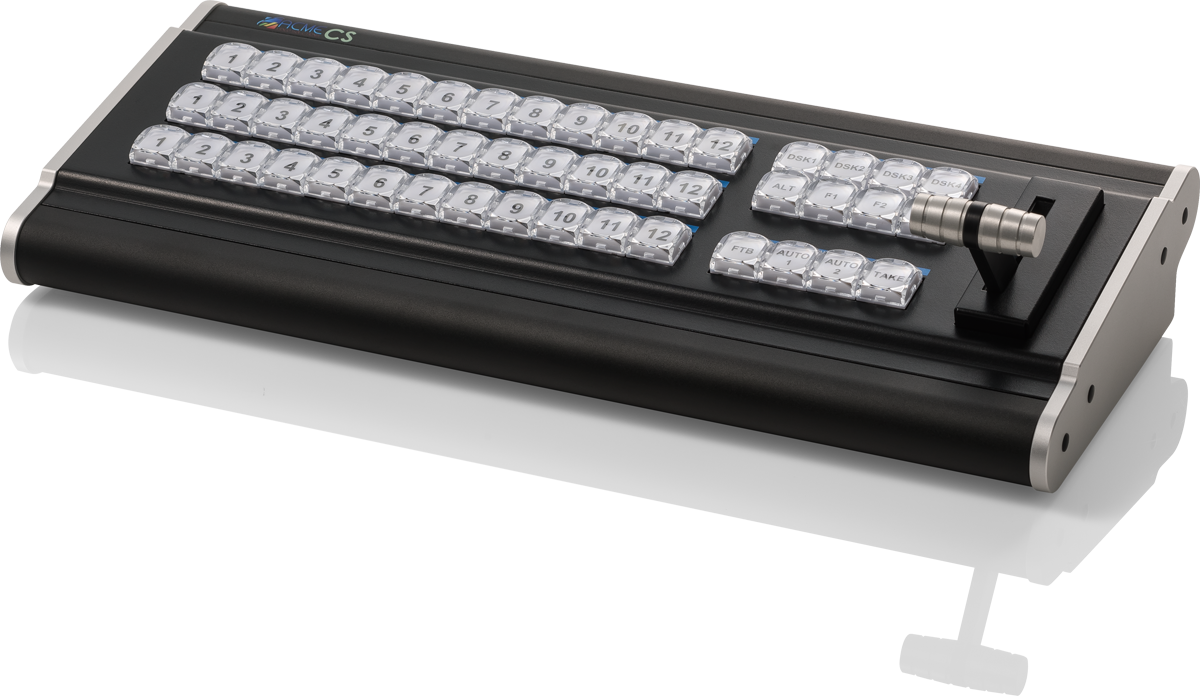 Control Surface
Control Surface
The ACME Control Surface (only compatible with vMix) is the perfect complement to the ACME GO and ACME RACK. It connects via USB and brings that tactile control to any vMix production by providing a traditional production switcher interface. Using the control surface allows additional personnel to handle titles, graphics, replays and other show tasks while the operator continues to switch the show. Simply plug in and start producing professional live broadcasts.

We welcome your questions and inquiries, and will be happy to assist you in any possible way! Contact us via this form or simply call us.